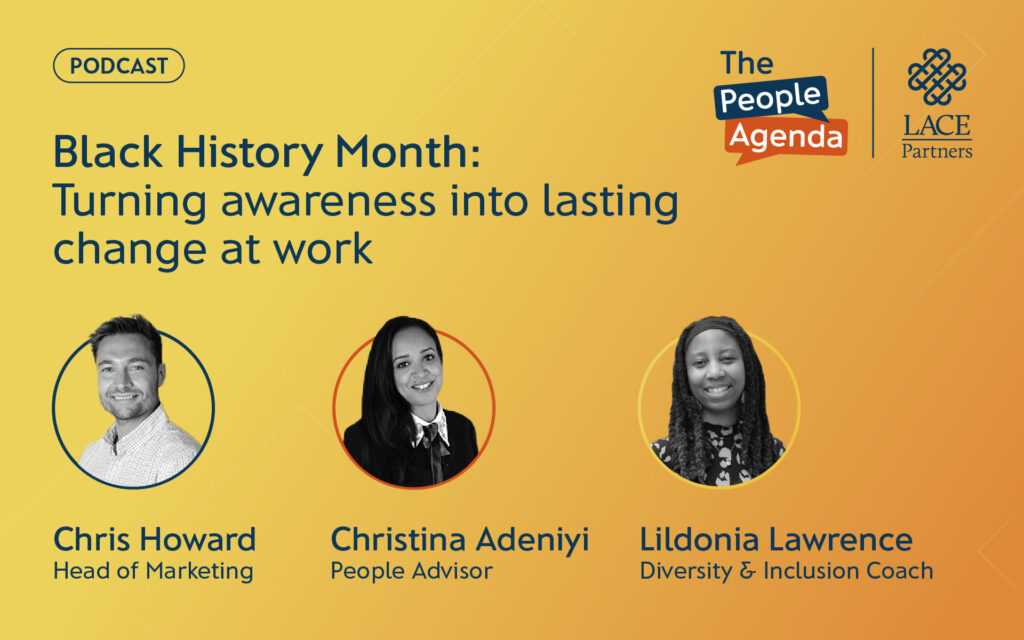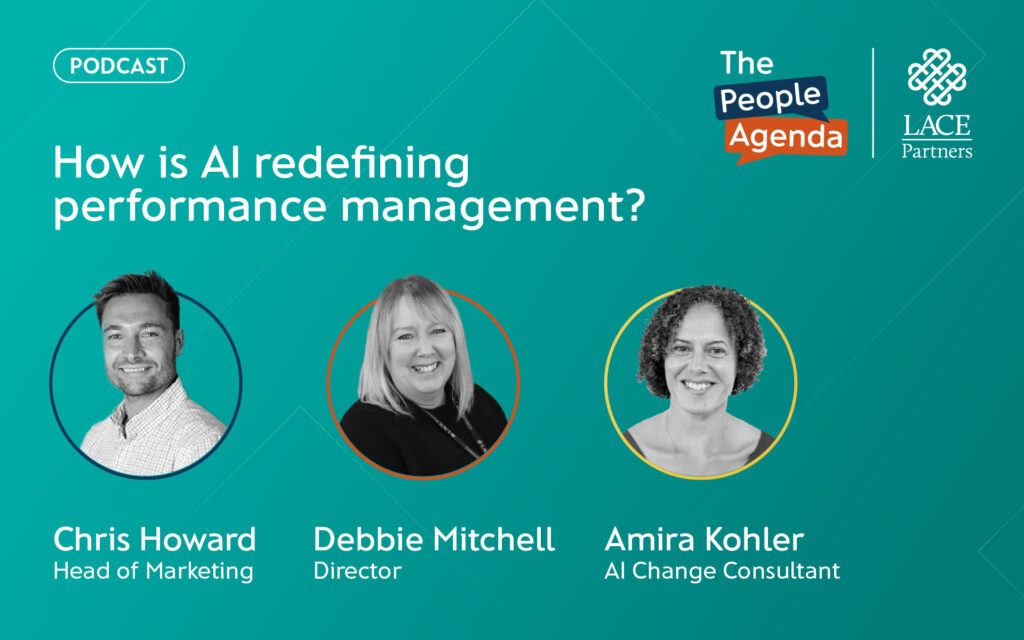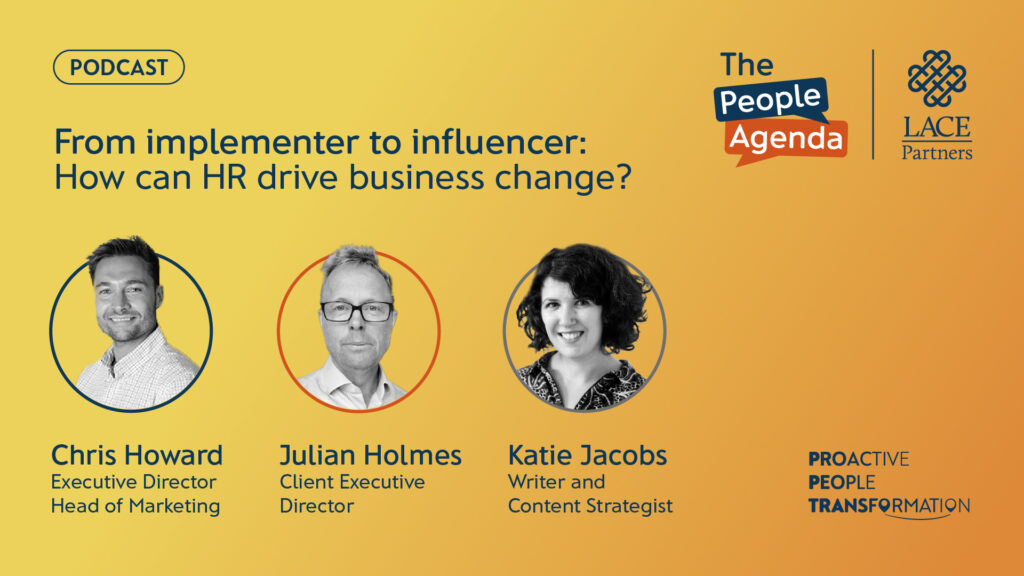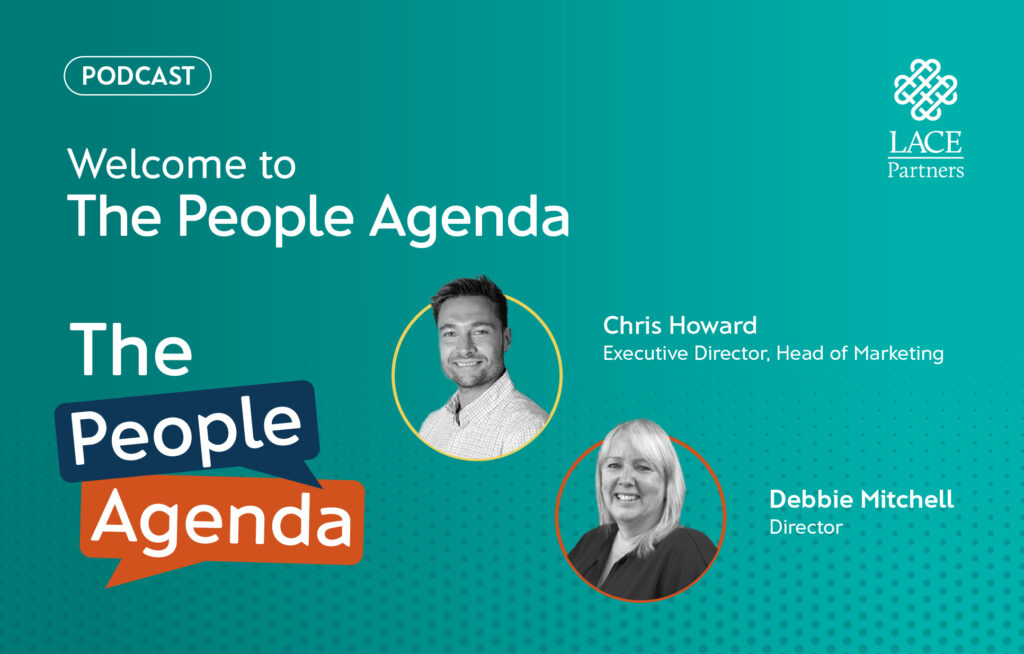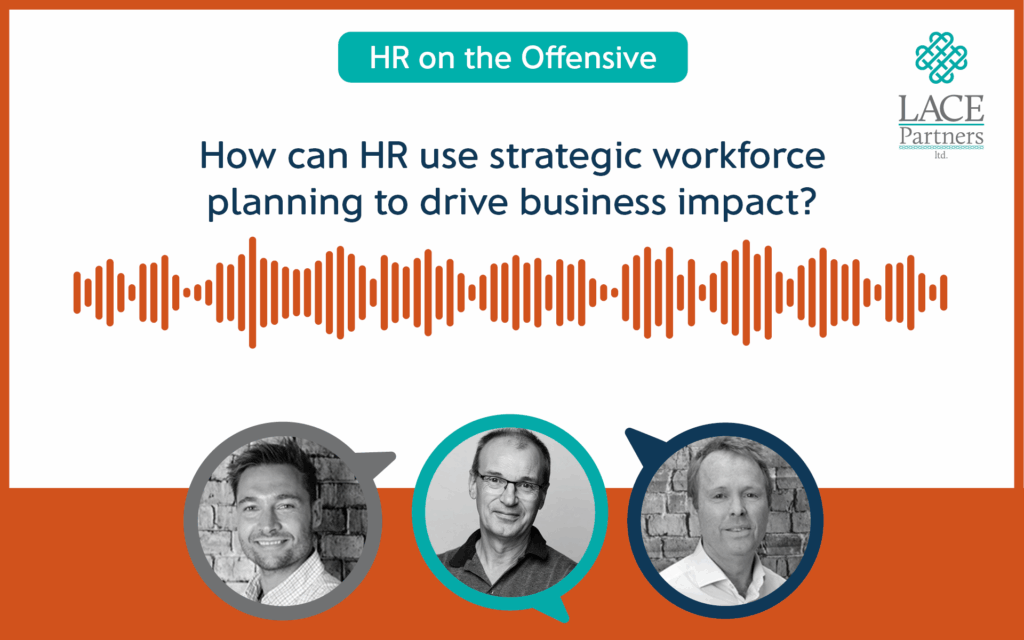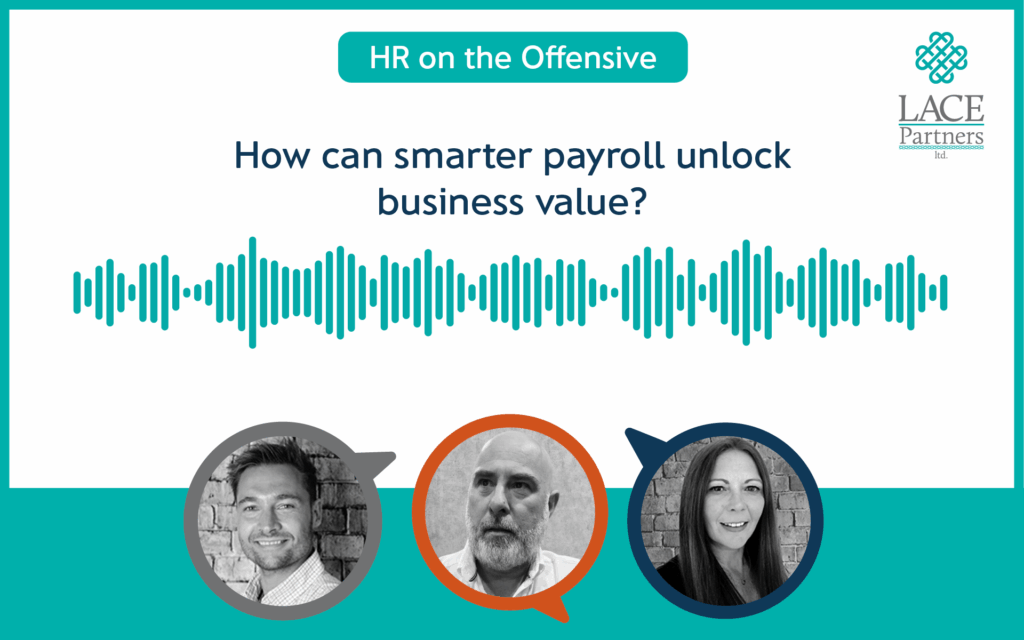The European Sustainability Reporting Standards (ESRS) are part of the European Commission’s efforts to standardise sustainability reporting (more info here), covering environmental, social, and governance factors (ESG), with the overall aim of improving transparency about how companies impact people, customers and the environment through how they operate. The ‘Own Workforce’ section (catchily known as ESRS S1) focuses on an organisation’s employees and currently includes metrics such as:
- Employee and non-employee headcount: Data on employees, plus non-employee types, such as contractors or agency workers.
- Diversity metrics: Gender distribution, age distribution, and the proportion of employees with disabilities.
- Compensation and benefits: Gender pay gap, CEO pay ratio, and minimum wage compliance.
- Training and development: The extent of training and career development provided to employees.
- Employee relations: Collective bargaining coverage.
Companies incorporated in the EU must report if they meet at least two of the following conditions in two consecutive financial years:
- More than 250 employees.
- More than €40 million in turnover.
- More than €20 million in total assets.
Non-EU companies are also required to report if:
- They have a subsidiary or branch in the EU.
- The subsidiary or branch meets the criteria above or the company has €150 million or more in annual EU revenues and at least one EU branch or subsidiary.
The guidance and requirements are evolving: earlier this year the EC published proposed legislation aimed at reducing the administrative burden of compiling the report. Potential amendments include reducing the number of mandatory data points, extending the reporting deadline, raising the employee threshold and permitting partial data submission where necessary. These amendments are likely to be finalised by the end of 2025 and full implementation has also been delayed for around two years for many companies.
Why prepare now?
Companies with one HRIS and strong data governance may find compliance a relatively easy ask, but this will not be the case for everyone. These delays and potential amendments have created some breathing room to allow companies more time to get ready for submission, but even if a company is not currently required to report, preparing now has real benefits. Getting ready ahead of time can avoid last-minute compliance challenges and build trust with employees and external stakeholders. And beyond the purpose of the ESRS, reliable workforce data means a credible strategic asset for decision making, revealing patterns, gaps and opportunities extending far beyond compliance.
Common challenges and solutions
Fragmented data
Many organisations operate with multiple HR, payroll and other local systems. Consolidating workforce data across countries and business units can be a slow, manual process prone to errors. Focus on the effort needed to aggregate priority metrics which will be mandatory to report and build a business case for a central reporting tool or database. The cost of a tool is often significantly lower than the ongoing manual effort and opportunity cost of repetitive data collection and mapping.
Data quality
If companies don’t already have a data governance framework then they should prioritise implementing basic governance for priority metrics through assigning data owner and stewardship accountability, defining what “complete” data looks like, and running simple validation checks. Where complete data is truly unavailable for ESRS this can be disclosed along with plans to improve data coverage.
Lack of standardisation
Without standard definitions across units or countries, metrics can’t be aggregated or compared. Developing a simple internal data dictionary for key metrics, building consensus among key stakeholders and looking to extend it over time is a straightforward way to make progress. This promotes consistency and supports the business case for a reporting tool that can scale across the organisation, improving both compliance and the strategic use of workforce data.
Resistance to change
This is particularly important in a company with a fragmented technology landscape where people analytics teams may be reliant on close collaboration with many colleagues to manage a data submission. When individuals understand why their input matters they will be more motivated and committed to providing timely and accurate data. To build momentum, start small with priority metrics and offer clear guidance throughout the process.
Preparing for ESRS S1 doesn’t have to be difficult, even if your data landscape and governance resemble technological spaghetti. Companies should take advantage of the extra time before reporting becomes mandatory to organise their people data and reduce the risk of errors or missing information. The data collected and the processes by which it is collected, categorised and governed will benefit a company beyond compliance by revealing trends and encouraging a culture of transparency and data ownership.
Want to talk to somebody about your approach to people data and analytics strategy? Use the form below and give us a little bit of initial info on what you’re looking for and we’ll be happy to help.

















